The taste you describe is not the best description of food.
There are at least 90 different types of cuisines around the world. While traveling, misperception of food has been a common discomfort. This is because taste is subjective, and descriptions are written in words. Every person has a unique perception of taste, as everyone has a unique set of taste receptors. Some dishes you ordered is just not what you think it was.

For better communication.
For quantitative data of taste.
What if there is a standard language for taste to communicate worldwide? What if we could scale different taste in numbers so that data scientsts can acquire quantitative data? Standardizing taste in numbers can benefit daily life for people who are trying exotic food, as well making it easy for data scientists to analyze taste for various usecases.
Data scientists prefer quantitative data.

Qualitative Data
1. Words, objects, pictures and symbols
2. Unstructured data that is slower to search and analyse
3. Interpret social interactions and patterns

Quantitative Data
1. Number and statistics
2. Structured data that is quickly searchable and organized
3. Generalize result and draw conclusion about a large population in numbers
Measure taste in Number
Each of the five basic taste has its own measurements. By dividing these measurements and using corresponding colors, Taste Code was created. Each taste has 8 different levels, and they are based on the taste that human taste buds can differentiate. Taste Code is a standard language for taste communication worldwide. It is universal, precise and easy.
